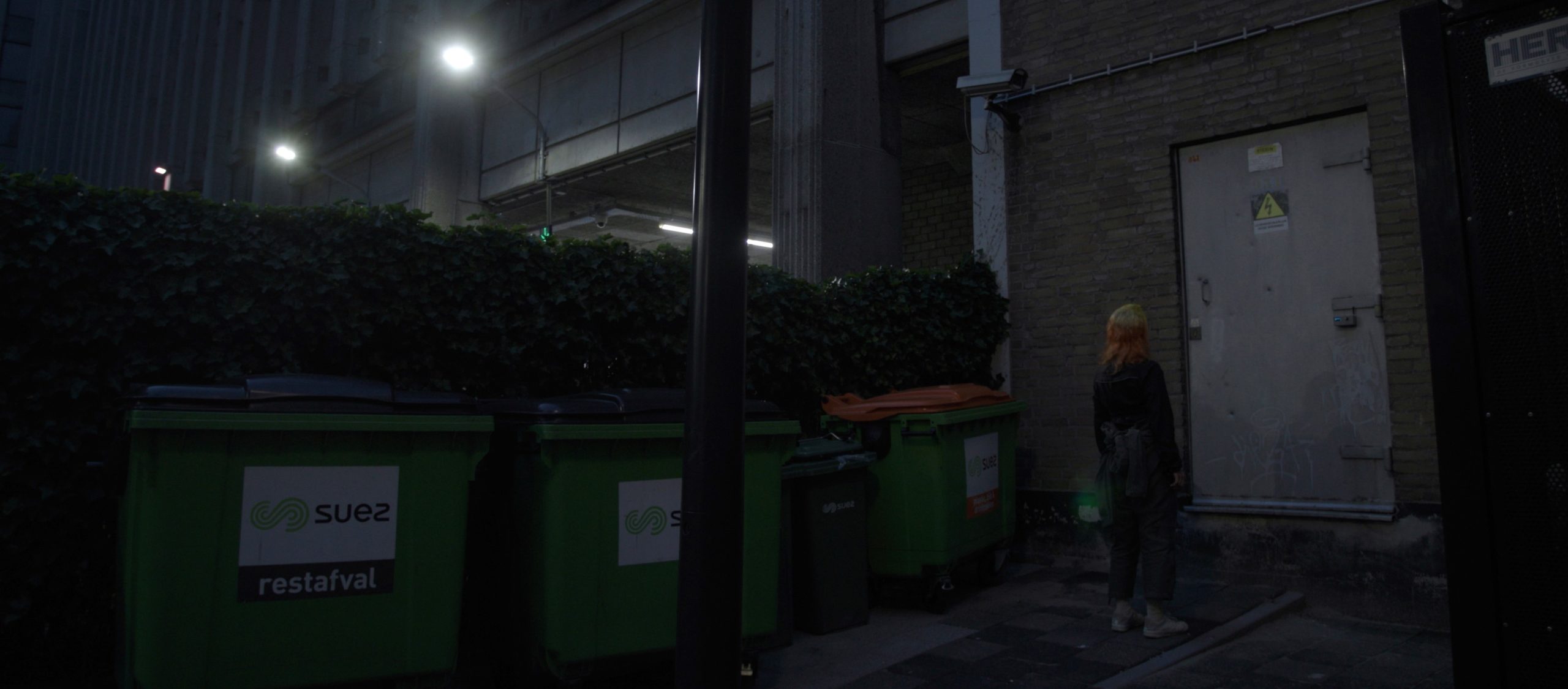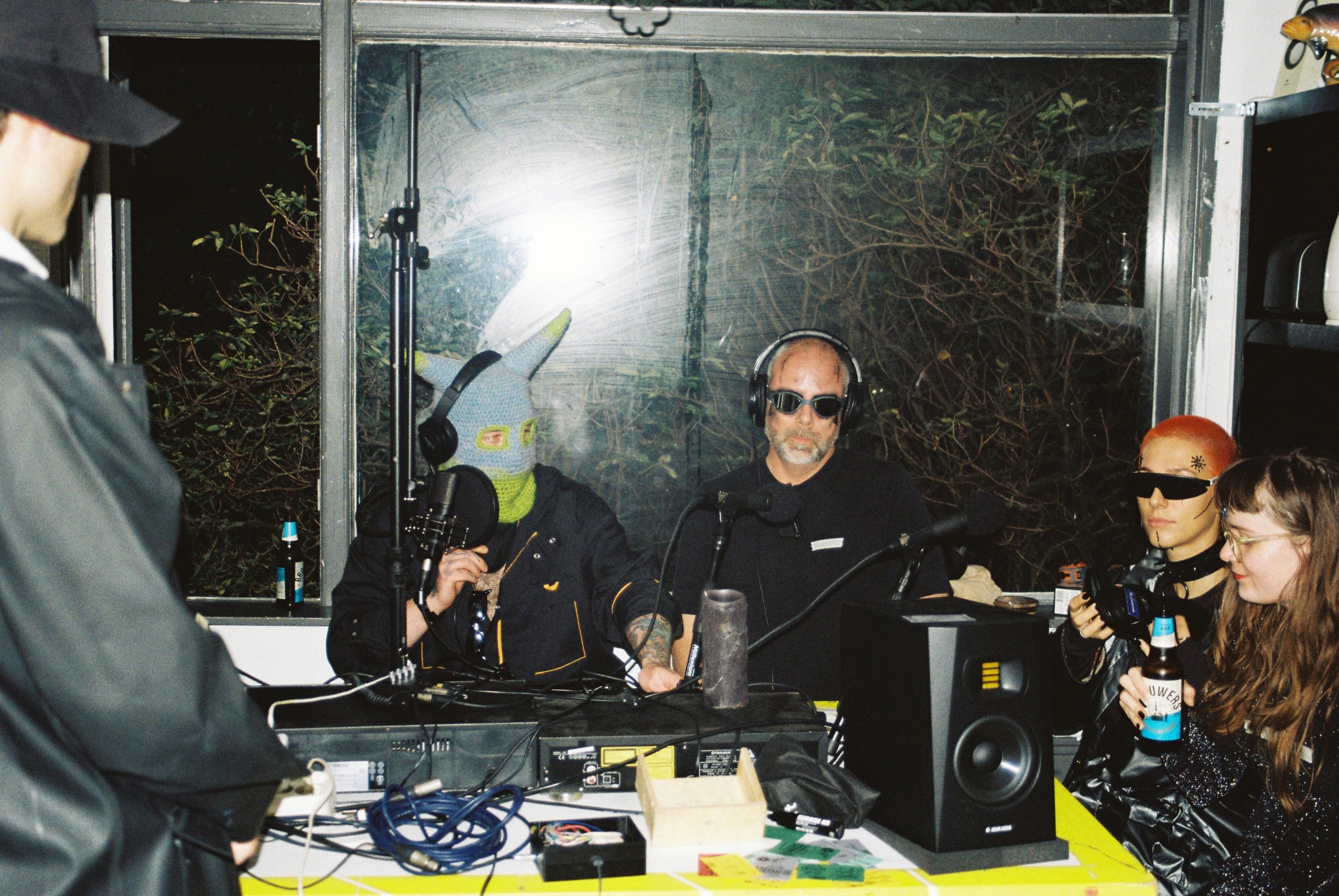Anything Not Saved Will Be Lost
"Technology doesn’t give us endless possibilities alone, it also imposes us with a constant sense of urgency, a feeling always lingering in the background to digitally capture objects before they are lost."
Inspired by the exhibition, ‘Modding the Mirror World‘ by Louisa Teichmann, where Rotterdam as a smart-city was invested through roll-play game Eixogen, MaMA host Martina Farrugia organised an IRL-event. In this article she writes about her motive to organise this event and the importance of digital archiving.
While hosting the show ‘Modding The Mirror World’ by programme maker Louisa Teichmann, I had the opportunity to host an event within the space. During this event, which I named ‘Anything Not Saved Will Be Lost’, participants could join an interactive treasure hunt within the MaMA showroom. Once participants located their chosen item, it became their possession, and they were free to take it home. Prior to the event, the participants could look at an online manual featuring images of the objects they would encounter on the day. The images and videos, created using photogrammetry*, evoked a sense of ‘deteriorating memory’ when observing these layers of data build up one after the other, from the stitching of images to building up the mesh.
Each object selected for this treasure hunt was made from ceramic stoneware clay, representing common household items discarded in Rotterdam’s streets, awaiting for a new owner; the objects were ones of everyday use or pieces that are usually overlooked or taken for granted. I often asked myself, while planning this event, ‘what is worth archiving? Do we have a sense of responsibility to document certain things over other objects?’. When living in Malta, I was responsible for digitally photographing and 3D-scanning archival items for Heritage Malta in my position as archival photographer and 3D scanner. This act of preserving transforms the objects from eventually fleeing to somehow immortal; technology doesn’t give us endless possibilities alone, it also imposes us with a constant sense of urgency, a feeling always lingering in the background to digitally capture objects before they are lost – either misplaced or faded by time.
On the day of deciding where to hide the objects, I gave each item a narrative in the form of a clue: the clues were short and reflected on the function of the object, often describing when they were last seen and how they ended up in the streets of the city. The exhibition design played an important role in the placement of the objects, as it resembled the structure of a speculative Rotterdam, which provided many opportunities for the participants to integrate with the show. When in conversation with Louisa, she discussed the structure of the show and her process:
“As I curated the exhibition, I intended to visualise the technical workings of a smart city with all of its main components. Drawing inspiration from the multi-functional light poles that are currently being installed around the city, I chose to mount all technical equipment on poles. This created the feeling of moving through a public space heavily dominated by technology. A server, running on the WiFi network of MaMA, processed real-time readings from three cybernetic, interactive installations in the space. Collaborating with artists that hack everyday objects, we created an eerie space that left the visitors wondering about the extent of the city's nervous system.”

Observing the treasure hunt participants navigating the exhibition space, searching for their objects amid the hamsters, poles and snapping trash bins, heightened the immersive experience, reminiscent of Eixogen’s role-playing game. Louisa felt that Eixogen was a significant chapter in the storyworld she was constructing through her research on gamifying smart devices, enabling her to breathe life into this world.
To conclude the chapter for ‘Modding The Mirror World’, Louisa has some exciting projects coming along:
“Currently, I am brainstorming with Sophie about another iteration condensed to one weekend, featuring longer sessions to make room for geocaching with game objects in the city and more intense role-playing. Additionally, we are initiating a monthly game-lab at our studio to experiment with new forms of L.A.R.P. and other cross-media game formats. Since the exhibition closed, I have been in contact with the municipality of Rotterdam and will be meeting representatives of the digital city project to discuss their plans, such as integrating sensors into the cityscape. Sophie and I are also collaborating on creating a radio play from the footage we recorded during the gameplay of Eixogen.”

* ”Photogrammetry is the science of making accurate measurements from photographs and using optics’ principles, the camera’s interior structure, and its orientation to reconstruct dimensions and positions of objects from overlapping images” (Campbell and Wynne, 2011). From: Computers and Electronics in Agriculture, 2022.
Martina Farrugia (1998) is a designer based between Malta and the Netherlands. She has a background in art history, archaeology and digital art. Her current work tackles the acts of collecting and reconstructive memory, translating these fascinations and findings through the use of clay. Martina is part of MaMA’s host learning trajectory.
Louisa Teichmann (Heidelberg, 1995) is a Rotterdam-based media artist working with themes related to gaming and the effect of new technologies on the player’s perception of reality. Through her work, she analyzes gameplay methods and merges them into real-life settings, giving rise to scenarios where the viewer becomes the protagonist of an interactive fictional narrative.
Louisa has recently completed her master’s degree in Experimental Publishing at Piet Zwart Instituut.



